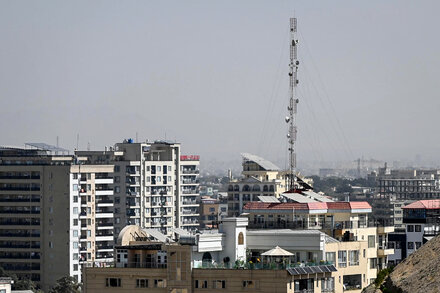The Democratic Party, historically recognized as the champion of the American working class, has experienced a significant erosion of support among this demographic over several decades. This shift has reshaped the national political landscape, contributing to electoral realignments and prompting extensive debate within the party about its future direction and core constituency.
For much of the 20th century, the Democratic Party’s New Deal coalition was built upon a strong alliance with organized labor and industrial workers. Policies advocating for workers’ rights, social safety nets, and economic regulation cemented this bond. However, beginning in the latter half of the century and accelerating into the 21st, a complex interplay of economic, cultural, and political factors began to fray this traditional allegiance.
Economic and Cultural Divides
One primary driver of this detachment has been profound economic restructuring. The decline of manufacturing industries, often referred to as deindustrialization, coupled with globalization and automation, led to significant job losses and economic insecurity in many working-class communities. Critics argue that the Democratic Party, increasingly perceived as aligned with financial and tech sectors, failed to adequately address the concerns of those left behind by these economic shifts. While Democrats often advocate for social programs and retraining initiatives, some working-class voters felt their party did not offer a robust enough defense against job outsourcing or the perceived impacts of international trade agreements.
Concurrently, cultural shifts played a pivotal role. As the Democratic Party embraced a more socially liberal platform on issues such as LGBTQ+ rights, abortion, and gun control, a widening gap emerged with segments of the working class, particularly those in more traditional, rural, and religiously conservative areas. Many working-class voters, especially white working-class men and women, felt increasingly alienated by what they perceived as the party’s focus on identity politics over universal economic concerns, or a disconnect from their values and way of life.
Electoral Consequences and Party Realignment
The consequences of this shifting allegiance have been starkly evident in electoral outcomes. States in the traditional “Rust Belt” – including Michigan, Pennsylvania, Ohio, and Wisconsin – once reliable Democratic strongholds, have become highly contested or have trended Republican. This was notably apparent in the 2016 and 2020 presidential elections, where former President Donald Trump successfully appealed to many working-class voters by emphasizing protectionist trade policies, nationalistic rhetoric, and a perceived challenge to the political establishment.
Analysts suggest that the Democratic Party’s base has increasingly gravitated towards urban centers, highly educated professionals, and diverse demographic groups, leading to a different political identity. This realignment has prompted ongoing internal discussions about how to reclaim the working-class vote, with debates centering on whether to emphasize universal economic policies, adjust cultural messaging, or rebuild grassroots connections in communities where support has waned.
As the political landscape continues to evolve, understanding the complex reasons behind the Democratic Party’s declining support among the working class remains a critical area of study for political strategists, academics, and policymakers alike, as both parties contend for this influential voting bloc.
Source: Read the original article here.





